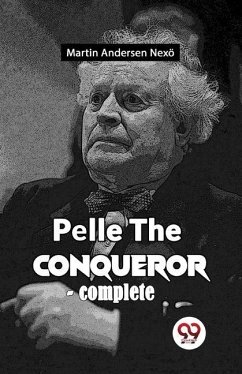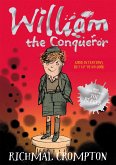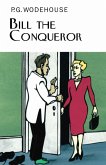A late 19th-century story called "Pelle the Conqueror" by Martin Andersen Nexö takes place on the Danish island of Bornholm. The story revolves around a little kid named Pelle and his father Lasse as they relocate to Denmark from Sweden in hopes of a better life. They find employment on a farm, but their living conditions are subpar, and their employers are cruel to them. Pelle learns more about the inequities and disparities in the world as he gets older. He starts to doubt society's rules and yearns for a better existence. Pelle is motivated to surpass his predicament and achieve success despite his challenging surroundings. The struggle for a better life and societal inequity are major themes in the book. It is a vivid depiction of the struggles experienced by individuals trying to overcome their circumstances as well as the brutal reality of working-class existence in the late 19th century. Although Pelle's journey is challenging and frequently devastating, he does eventually find some amount of accomplishment. The book is a moving and stirring monument to the resilience of the human spirit and the quest for happiness.








